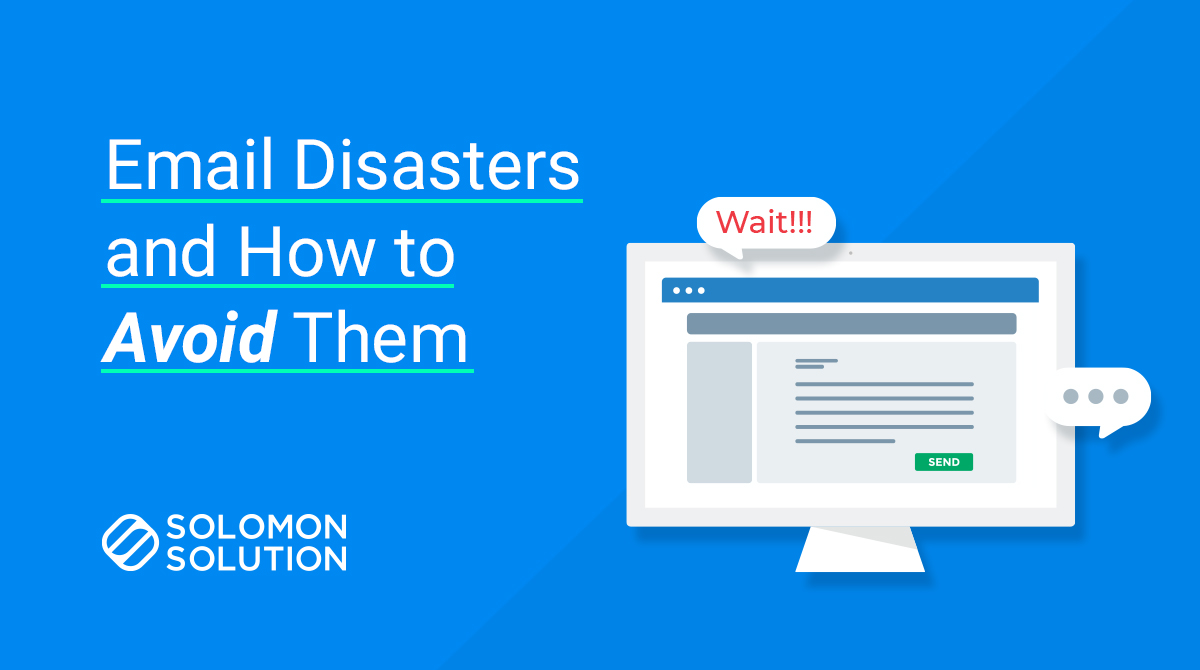
In 1971 Ray Tomlinson sent out the world’s first email, between users on different hosts connected to ARPANET (Advanced Research Projects Agency Network). Seven years later, Gary Thuerk sent the first email marketing message(later considered spam) to 400 leads. This one email resulted in over $13 million in sales for DEC (Digital Equipment Corporation), a computer systems company.) Thus, email marketing was born.
Email used to be simple. You had a simple interface where you typed in your text—you didn’t get any images, buttons, or fancy styling. Today, however, is a different ball game. Your email is made up of HTML and CSS code. That code has to work for over 19 major email clients (Gmail, Outlook, etc.), multiple web browsers, desktop versions, and be responsive to a multitude of different screen sizes.
If email rendering correctly sounds like a nightmare, use these five tips to help prevent your emails from breaking badly in your lead’s inbox.
Don’t hide attributes you don’t want to show in dynamic emails
Using CSS attributes like “Display: none;” may seem like a simple solution to hide sections in a dynamic email, but you will almost be guaranteed to have that section show up when a reader forwards or replies to an email. Instead of hiding sections, you should remove the code from your email that you want to hide. Some marketing automation platforms do this for you already, like Marketo 2.0 templates with email modules, so check with your platform to see if they have this capability.
Don’t convey important messages in images
Images render differently throughout different clients, and some don’t render images at all. Layer text on top of an image for any messaging you want to convey—this will ensure that your reader will see your messaging if images don’t download.
Keep your emails Simple
Email clients are all built differently, this means the more “stuff” you have in your email, the more rigorous your QA cycles need to be, and the more likely you are to have items break. By keeping your email simple, you minimize any number of things that may not render correctly.
Use templates provided by your marketing platform
Marketing automation platforms usually have prebuilt templates that have gone through pretty rigorous testing and are usually “bulletproof”. Take advantage of these templates if you don’t have an email template builder on staff. It will save you a lot of time designing and testing.
Use an email forward link
Let’s talk for a second about an email marketer’s nightmare, email forwarding. “But, why is email forwarding bad?”, you may ask. When an email goes to an email client, the client interprets the email code, manipulates the code, and then renders the email for your screen. The issue comes from when you go to reply or forward an email. When the email is forwarded, the recipient’s client again interprets the code, manipulates, and re-renders the email. You can avoid broken forwarded emails by adding a “Forward to a friend” link, and direct the forwarded friend to a sign-up page, or to a web version of the email that will render as you intended.
As time goes on, more email clients will be created with more and more complexities to add to email building. With these few tips, you will drastically reduce the number of possible issues that can arise.
Read more about email design and deliverability tips & tricks from one of our other team members.

